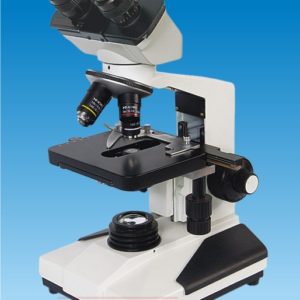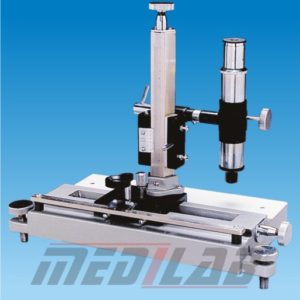Description
A Direct Vision Spectroscope is a laboratory instrument used to separate light into its component wavelengths, or colors, to create a visual spectrum. It works by passing light through a prism or diffraction grating, which bends the light and separates it into its various colors.
The Direct Vision Spectroscope is commonly used in chemistry and physics experiments to identify the chemical composition of substances, as each chemical element has a unique spectral signature. It is also used in astronomy to analyze the light emitted by stars and other celestial objects to determine their chemical composition and temperature.
The instrument consists of a tube containing a prism or diffraction grating, with a slit at one end to allow light to enter. The user looks through an eyepiece at the other end of the tube to view the resulting spectrum.
Direct Vision Spectroscopes can be handheld or mounted on a stand for stability, and may have additional features such as adjustable slit widths or filters to modify the spectrum. They are often used in combination with other laboratory instruments, such as microscopes or telescopes, to provide detailed analysis of samples or objects.







